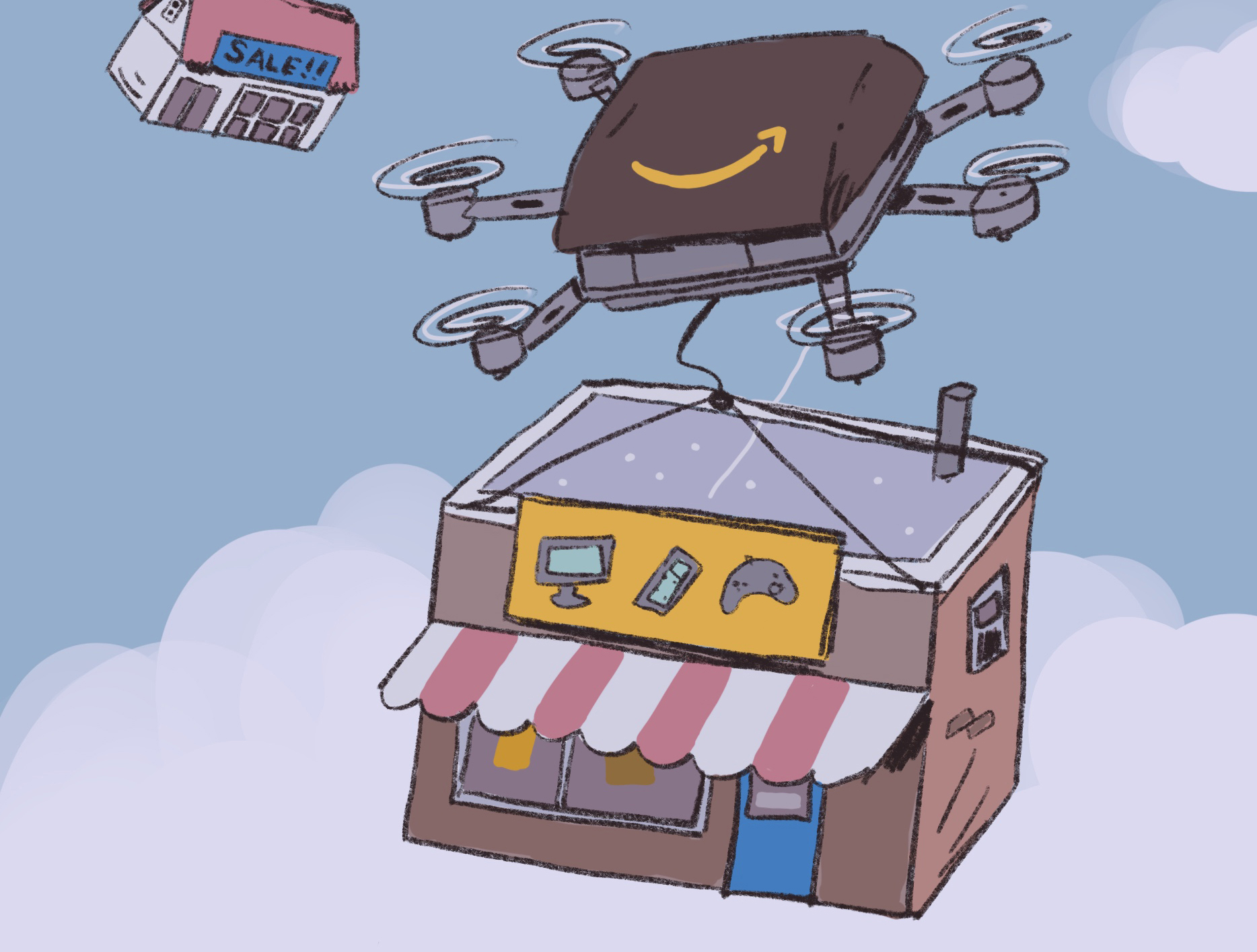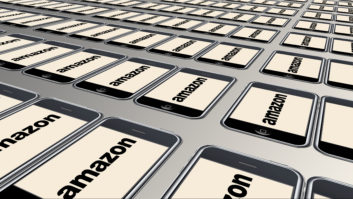
If you’re a brand, a distributor or an importer of product, it’s not a question of if you should be selling through Amazon, but rather how.
“You must go and do business with Amazon because it’s too big of an opportunity to pass,” asserted Robert Heiblim, founder of Blue Salve Consulting.
By any measure, Amazon is a behemoth. With an estimated 300 million-plus customers, Amazon accounts for around half of all U.S. e-commerce sales. And nearly a third of Amazon’s customers are Prime members, who get free two-day shipping along with other benefits.
See also: AmazonBasics: Peeling Back Amazon’s Private Labels
Conversely, it’s important for product vendors to remember that Amazon may be the dominant e-seller, but it’s not the only seller. While e-commerce sales continue to grow, estimates are that online sales account for only around 10 to 11 percent of all sales, 15 percent of specialty sales.
One surprising necessity of selling through Amazon is not necessarily the site’s humungous customer base, however, but “because Amazon is now the world’s de facto product search engine,” said John Ghiorso, CEO and owner of Amazon consultants Orca Pacific. According to several market surveys, more than half of all consumer product searches begin on Amazon, compared with only a third of product searches originating on Google.
“If you’re not going to have a strong presence on Amazon, it’s twice as bad as not being on Google,” Ghiorso added.
For traditional brick-and-mortar CE retailers, however, “Amazon marketplace is not particularly welcoming to retailers,” opined James Thomson, a partner at Buy Box Experts and a former business head at Amazon Services. “Every retailer is welcome to join the platform and beat each other up on price, leading to massive price erosion.”
As a result, most Amazon observers see the platform being of most benefit to product vendors and resellers, not brick-and-mortar retailers.
Selling On Amazon: Not Why, But How
While the advantages of selling on Amazon are obvious, the drawbacks are myriad and the measurement of success complicated. Becoming a successful seller on Amazon is about creating and executing the right selling and marketing strategy. “The most common approach [by sellers], sadly, is, ‘I don’t have an approach,’ ” Thomson quipped.
Watch: This Is What People Are Actually Asking Alexa
“It can be easy to actually lose money selling on Amazon,” echoed Thadaeus Hay, co-founder of Amazon selling consultant Nozani. “You have to have a plan and an understanding of your costs of goods and your cost of advertising so that you don’t end up losing money.”
There are more than half a dozen Amazon seller structures, each fraught with its own pros, cons and traps. For instance, you can try to get invited to join the company’s Vendor Central, which means you sell your goods to Amazon just as you would to any other retailer.
You could be an FBA — Fulfilled by Amazon — seller, essentially selling your goods to Amazon on consignment for them to ship to consumers.
See also: What Consumers Really Think Of Amazon Go
You could simply list your products as a third-party seller and ship them to end-consumers yourself or via a 3PL, or verifying a history of fulfilling two-day shipping to earn your own Prime status.
And each of these Amazon’s overarching seller structures include a slew of sub-choices — which products you sell, who controls pricing, who controls marketing, who controls inventory, who controls shipping, and so on …
Recently, however, Amazon has initiated (and then walked back) some highly publicized bottom-line improvement measures that will limit some of these seller options, including trimming a number of unprofitable Vendor Central vendors and cutting the number of vendor managers who oversee these brand relationships.
“As Amazon rationalizes its brand relationships, consumer electronic brands need to be learning how to set up 3P accounts so that they have a fallback position for selling their products on Amazon,” advised Buy Box Thomson Experts’ Thomson. “The value-add of the distributor and retailer in the online marketplace is becoming smaller and smaller each day, so brands are giving up margin for companies to represent their brands on Amazon, when realistically most brands could sell through a third-party account and make retail margins.”
Watch: Amazon Reveals ‘Shipment Zero’ Energy Plan
There are three major Amazon selling realities every product vendor needs to be aware of, said Thomson.
“No. 1, expect your product will find its way onto Amazon whether you want it there or not. No. 2, if you don’t control your branding on Amazon, somebody else will. And thirdly, make very, very clear long-term decisions about distribution — who will be allowed to sell it on Amazon and who won’t be.”
Amazon’s Effect on New Products
Amazon is probably the most attractive first retailer for start-up entrepreneurs proudly hawking the “next big thing.” Aside from expecting an Amazon listing to generate instant sales and income, Amazon brings a new company an imprimatur of achievement.
But Amazon can be both boon or bane for a new vendor with a new product, depending on the vendor and the product.
For instance, how does a consumer find your new product? Nearly three-quarters of Amazon searches are unbranded — searches for generic products rather than name brands. Logically, if a product hadn’t previously existed, it won’t be searched for.
See also: Amazon Dons A White Glove For TVs & Appliances
Worse, Amazon product search results often are generated by popularity, review rating, price — and especially paid sponsorship, which makes it difficult and expensive for a new brand or product to rise to anywhere near the top of generic search results.
“If you have product never before seen, don’t go to Amazon,” said Charles Koon, VP of sales and marketing at Amazon consultant Sellers Arena. “When customers go on Amazon, they’re looking for a specific product.”
Amazon As Marketing Tool?
Most observers agree that, most of all, successful selling on Amazon requires potentially expensive marketing.
“There’s 100 other brands like yours that are already on Amazon,” explained Thomson. “What are you going to do to drive traffic to your listing? This is not the ‘If you build it, they will come’ model. You’ve got to beat out everybody else who’s already gotten sales history on Amazon who was probably spending a good chunk of their revenue on advertising to yell louder than everybody else to get more than their fair share of eyeballs.”
But like all things Amazon, successful marketing isn’t just about who spends the most money. “It’s about the level of sophistication, the strategy, the tactics, the actual humans running these campaigns,” said Orca Pacific’s Ghiorso. “Just taking your in-house marketing person or even a paid search person and having them do Amazon is probably not going to be a strong enough resource to maximize the potential of the mass amount of dollars you’ll be spending.”
But the most important thing to remember about selling on Amazon is that you, the seller, are not their lower-case prime customers. “Their customers are the end buyers,” Hays said. “Make sure you’re looking forward to how you provide the best customer experience.”













